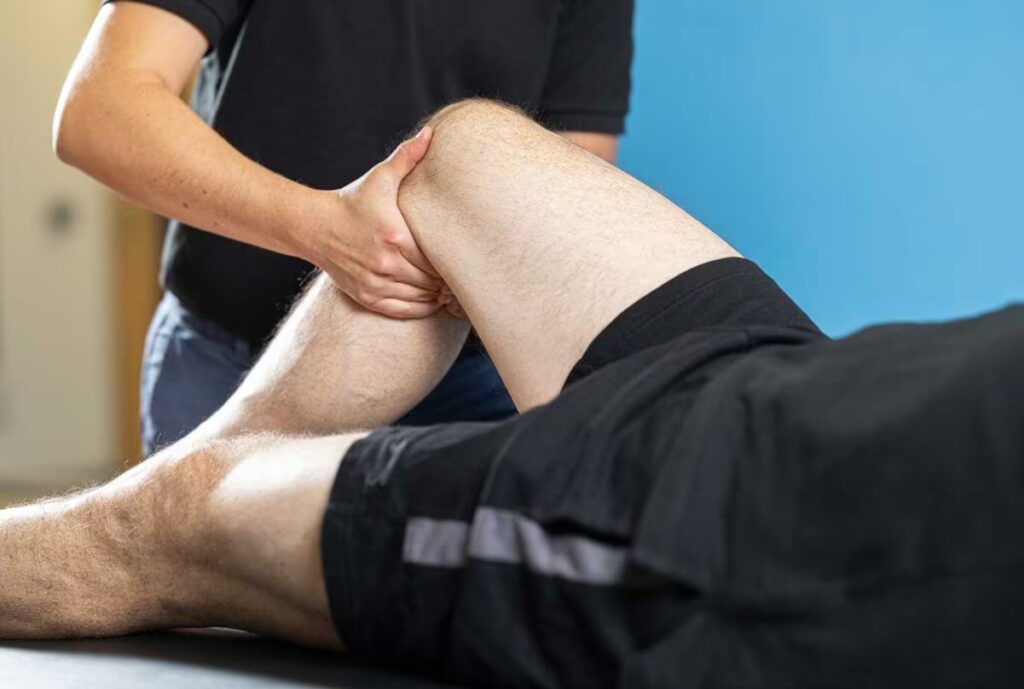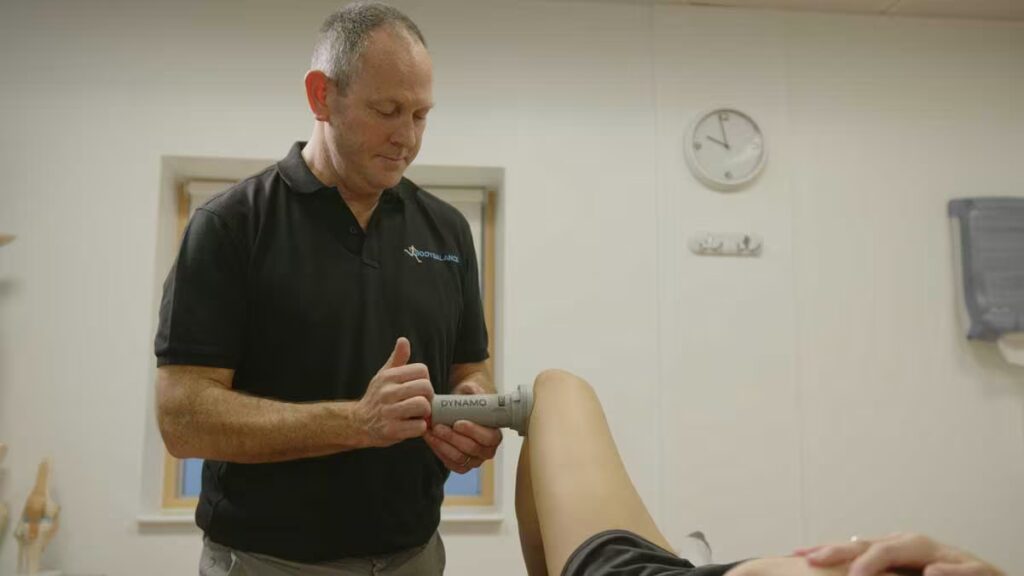The knee is one of the largest joints in the body, formed by the lower end of the thighbone or femur, the upper end of the tibia or shinbone and the patella or kneecap. Several ligaments and muscles attach to the bones of the knee joint to maintain the normal motion and stability of the joint. The articular ends of the bones are lined by smooth cartilage allowing the bones to glide over each other during movement. C-shaped pads of cartilage called menisci, located between the bone ends, act as shock absorbers during movement.

Some of the common signs and symptoms that accompany knee pain include:
Sometimes, a knee arthroscopy may be performed. Knee arthroscopy is a surgical procedure in which the internal structures of the joint are examined to diagnose as well as treat the underlying problem. In severe cases of knee pain, your doctor may advise a knee replacement as a permanent solution.
Pain, swelling, and stiffness are the common symptoms of any damage or injury to the knee. If care is not taken during the initial phases of injury, it may lead to joint damage, which may end up destroying your knee.
The common causes of knee injury include:
If the pain and swelling are rapid, then immediate diagnosis and appropriate medical treatment are advised. Initial diagnosis includes physical and joint examination followed by an X-ray.
Immediately following a knee injury and before being evaluated by a medical doctor, you should initiate the R.I.C.E. method of treatment.
Acute or mild knee injuries do not require knee surgery. It can be treated with anti-inflammatory drugs. It is necessary to drain out accumulated extra joint fluid through a syringe or needle. If pain persists for a long time or appears at night or while at rest, it is important to visit your doctor.
Taping, massage, mobilization, stretching and strengthening exercises as well as exercises to improve your balance and agility are other treatment options that may be recommended.
In some cases, if the pain is intolerable, your doctor may recommend a cortisone injection. However, it is a good practice to avoid the use of cortisone, as it weakens and softens your cartilage, thereby leading to arthritis of the knee. More severe cases are treated by surgery followed by a period of rehabilitation to strengthen the knee.
